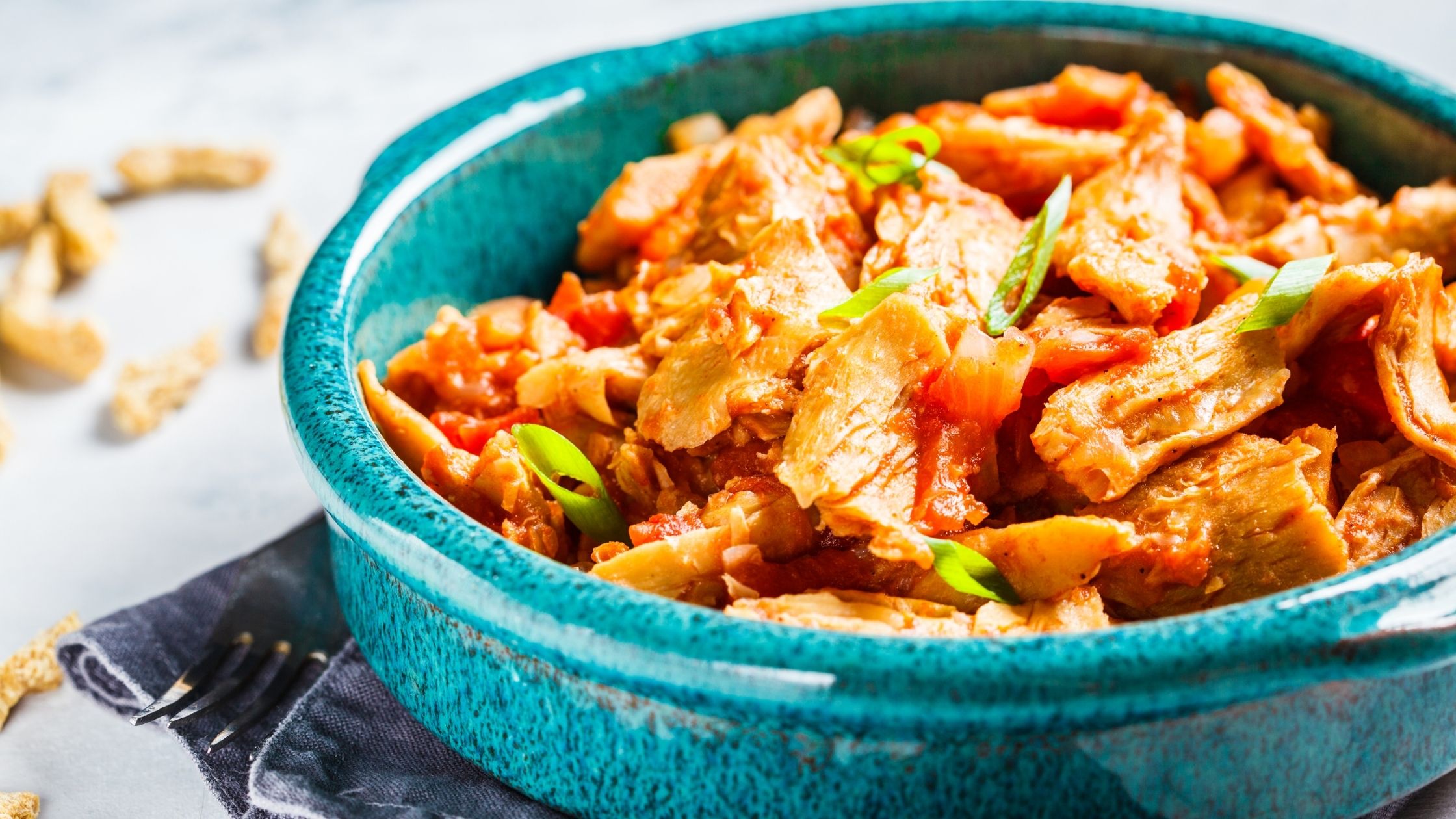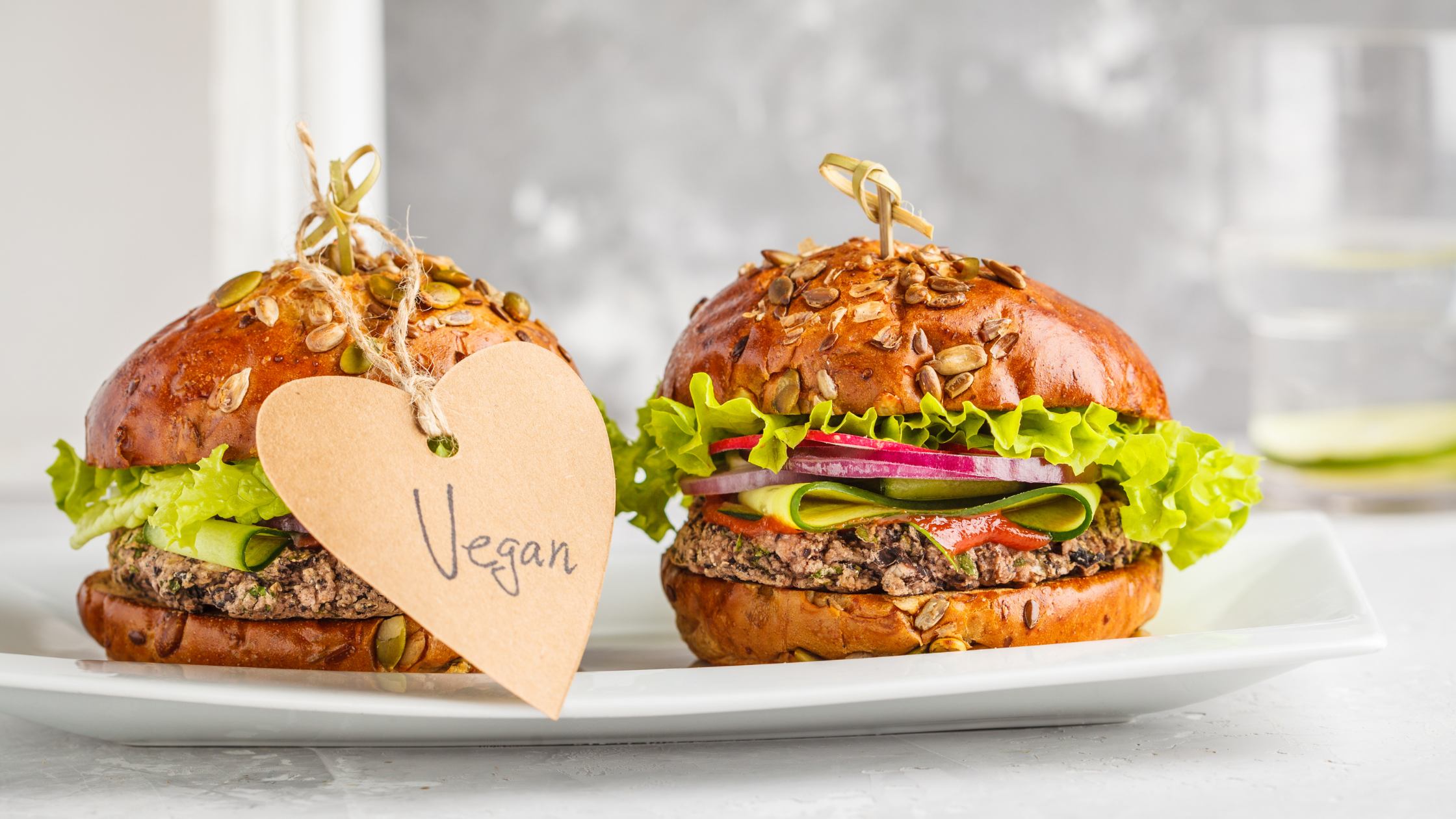Data do not lie: the global market of “meat replacements” or “vegetable meat” was worth $5.6bn in 2020 and according to a recent study it could reach $14.9bn by 2027 (Researchandmarkets.com). There are multiple factors feeding the plant-based meat alternatives market: rising awareness of the indisputable damages caused to the planet and our climate by animal farming, the resource waste linked to meat and animal product supply chain, the growing number of researches linking meat consumption to chronic and potentially lethal illnesses, the increased sensitivity to animal suffering, they all contribute to the rise of vegans, vegetarians and flexitarians, as well as to the important investments in the meat-free sector.
Besides 100% plant-based start-ups, such as the well-known Beyond Meat and Impossible Foods, the vegetable meat sector attracts traditional meat processors and multinationals, like Tyson Foods, Nestlé and Kellogg’s, just to name a few. In terms of vegetable protein, besides the traditional soy and its derivatives, the choice is really broad: beans and legumes, quinoa and cereals, seitan and gluten-based products, hemp… studies indicate that the fastest-growing vegetable protein source for the next few years is pea protein, mainly because it avoids allergenic issues, linked to the consumption of gluten and soy.
While the taste experience is only partially relevant in a vegan choice, it becomes key when the consumers involved are flexitarians or reducetarians, or for those who opt for a plant-based diet for reasons other than animals and environment. Therefore, it becomes crucial to work on the product formulation, to make sure that the consumer taste experience is as close as possible to the animal reference. AromataGroup Director of Research and Innovation, Stefano Asti, explains how it is becoming more and more important to be able to offer “a product whose rheology is similar to meat, where the parameters of hardness, springiness, gumminess, chewiness and cohesiveness are comparable to the meat-based end product, so that the consumer will not perceive significant differences upon consumption”.
The taste experience becomes therefore as important as the final flavour of the product, that needs to offer “the aromatic profile of the cooked end-product, such as, for instance, slightly grilled or roasted meat notes for burger patties when grilled or cooked in a frying pan, whereas for a fake chicken fillet or fake chicken nuggets, the profile must mimic the taste of real chicken as it is normally processed, that is battered and slightly fried before packaging”, explains our dr. Asti.
It really seems that 2021 will be remembered as the year for “vegetable chicken”: Beyond Meat itself has announced investments and developments in this area, and a UK-based start-up created just a handful of months back, VFC, has already landed with success on the Spanish market and aims at crossing the Atlantic, to reach the US market.
The future, however, is the Chinese market, the largest meat consumer in the world, particularly for chicken and pork. The consumption of the latter is now double the volume of the European consumption, and it is expected to grow even further, despite the negative impact of food scares linked to zoonosis such as swine fever. A brand new challenge for manufacturers, who could easily make the most out of the country’s growing appetite for vegetable pork alternatives specifically targeted to the Asiatic markets, formulated to fit local taste, such as OmniPork and OmniMince by Hong Kong’s Right Treat, created with the collaboration of local chefs. A good hint for new developments, right?

















